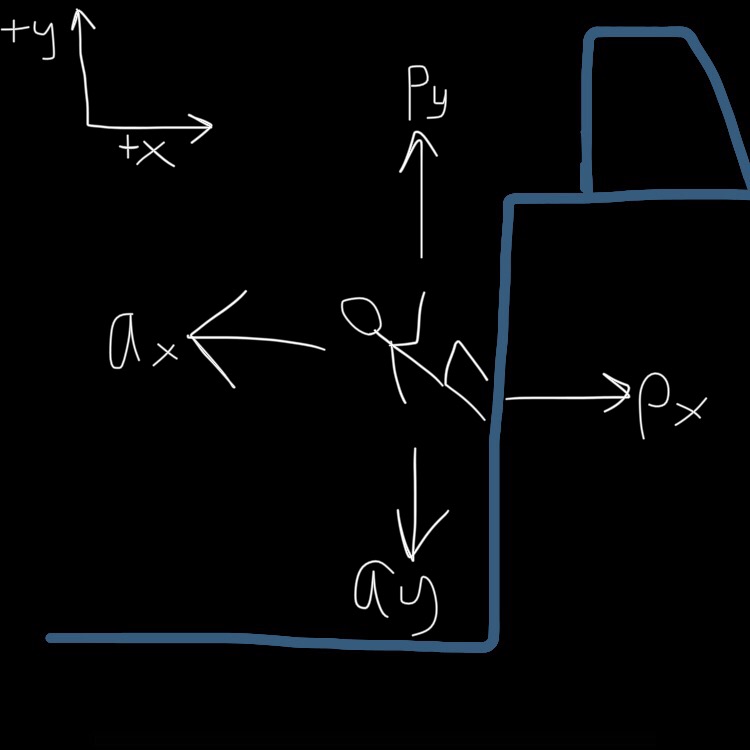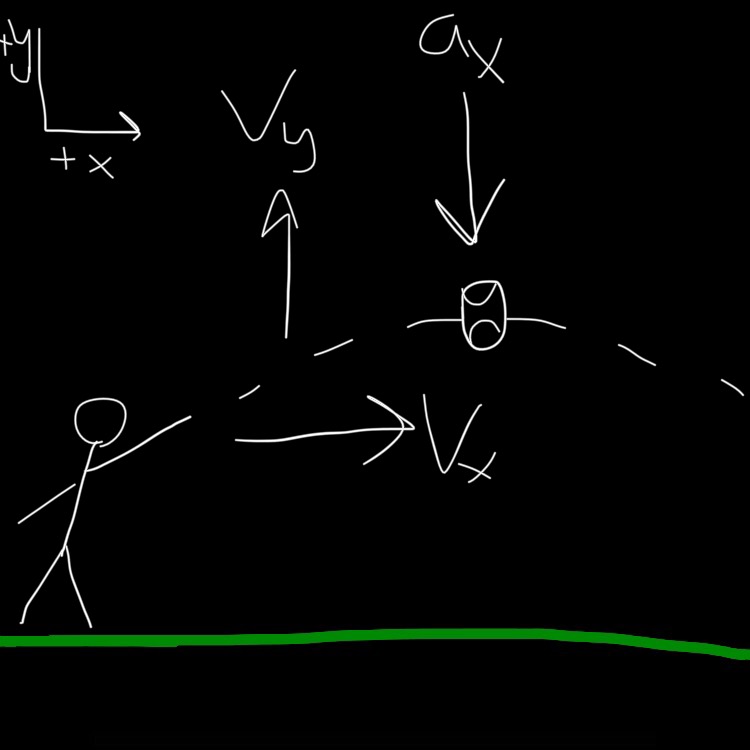According to Business Insider some scientists believe that the Flash can actually run up the side of the building. Business Insider cited an interview between Tech insider and a Physicist at the University of Minnesota, who is also the author of The Physics of Superheroes, James Kakalios, and he believes that the Flash can run up a building.
The first way he believes the Flash can do this is by moving so fast that from the first step to the second step he is already at the top of the buliding.
The second way that Kakalios believes the Flash can run up a building is by buliding up, "enough momentum to run up the side of a building, even without relying on frictional physics." But what does he mean? To better understand what he means we will look to a Wired article that claims it is somewhat possible to do this.
The article is looking at a diagram where a block (representing a person) is on a wall, claiming that the only way to move up a wall is if there is a friction force that you can push from, and in order to do that you must have a froce pointing away from the wall, also known as the normal force. The article says that the only way that you can have a normal force like that on a vertical wall, "would be if the object accelerated to the left." The "left" in this case is away from the wall. It goes on to say that, "This doesn't mean the object has to move to the left, it can move to the right and accelerate to the left." (Fig. 1) We see this most often when we talk about projectile motion. When a ball is launched, the velocity is pointing up, but its accelration is pointing down. (Fig. 2)
Fig. 1Fig. 2


The article goes on to say that what must happen is that the person has to move towards the wall and put their foot on the wall. This results in creating an acceleration that slows the person down and that force becomes the normal force that is necessary to create the friction needed to move up the wall.
This is how the Wired article connects back to the Business Insider article. When the Wired article says that the object can move towards the wall, that is what the Kakalios (from Business Insider article) means by the Flash being able to create the momentum to move up a wall.
This is because momentum is measured by mass and velocity (or speed). So when the Flash moves towards the wall, a component of his momentum is pointing towards the wall (remember momentum is a vector, so it has a direction).

What this means is that his momentum is decreasing the more time he spends running on the wall. So what Kakalios means is that he needs to run fast enough so that as he moves up the wall a component of the momentum his speed provided is still pointing towards the wall by the time he reaches the top, or at least not zero before he reach the top. If you were looking at a momentum vs. distance curve, it would have a negative slope, to give a visual explanation (Fig. 3).